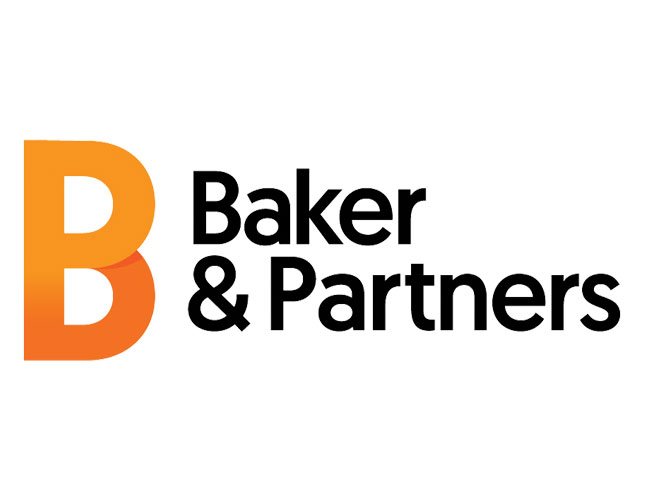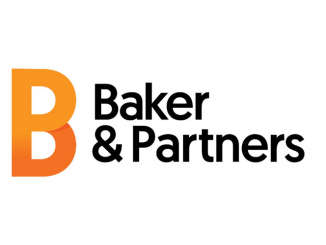In October 2022, the Privy Council finally handed down judgment in the Z Trust (II) appeals (ETJL v Halabi; ITGL v Fort Trustees [2022] UKPC 36). This decision concerns the under examined (and hitherto rather dull) topic of the nature and scope of the right of a trustee to recover liabilities and expenses from the trust assets.
Although both appeals concerned Jersey law, the decision will have significance throughout the common law world. This is an important decision for trustees and anyone dealing with a trustee hoping to be paid from trust funds. It has particular importance in circumstances where the trust fund is ‘insolvent’, ie, where the trust’s assets are insufficient to meet the amounts due for reimbursement under the trustees indemnity.
Summary of issues and the court’s answers
1. Does the trustees’ indemnity confer a proprietary interest in the trust assets?
Answer: Yes.
2. Does that proprietary interest survive the transfer of the trust assets to a successor trustee?
Answer: Yes, this is described as the trustees ‘lien’.
3. Where does a former trustees lien rank in priority over the lien of successor trustees?
Answer: The trustees’ claims rank pari passu (ie, equally and in proportion vis-à-vis all successor trustees).
4. Does the trustees indemnity extend to its legal costs of proving its claim if the trust is ‘insolvent’, in the sense that trustees’ claims to indemnity exceed the value of the trust fund?
Answer: yes.
The key part of the decision focuses on issue 3, ie, the ranking of the former trustees lien vis-à-vis lien of successor trustees. This means that where the trust fund is insufficient to meet all the liabilities that are secured by the trustees lien, all those creditors can claim ‘a slice of the pie’ in proportion to their debts.
Background
The litigation concerns a Jersey discretionary trust (the ‘Ironzar II’ or ‘Z II’ Trust). The Z II Trust was ‘insolvent’, in the sense that its liabilities (incurred via a succession of trustees) far exceeded its assets from 2015.
Equity Trust (Jersey) Ltd ‘Equity’ was a former trustee of the Z II Trust and had retired in 2008. In 2012, Equity was sued and, in December 2015, paid a settlement of £18m. Equity sought reimbursement from the Z II Trust via its indemnity from the successor trustee. Equity argued its debt was first in time and consequently took priority over the later claims of the other creditors of the Jersey Trust .
The Royal Court of Jersey held that all the debts should rank pari passu and that Equity was not entitled to priority on the basis it was first in time. It held that a trustees right of indemnity and lien arises on a liability-to-liability basis. The Jersey Court of Appeal reversed the Royal Court’s ruling, holding that Equity’s lien was first in time and took priority over the other creditors.
Comment
The Privy Council has provided needed clarity regarding the key issue of the priority of trustees’ liens in the case and what liabilities they secure. However, the decision will have considerable, long-term ramifications for the administration of trusts and how trustees will act.
At law, a trustee is entitled to ‘reasonable security’ for its properly incurred liabilities while trustee (given statutory expression in Jersey under article 43A(1) Trusts (Jersey) Law 1984). Typically, this is in the form of a contractual indemnity from a successor trustee to whom trust assets are transferred. The decision is likely to prompt retiring trustees to look closely at what obtaining ‘reasonable security’ means from a successor trustee. Where there is a risk the outgoing trustee may themselves be owed money from the fund that may exceed the trust fund, it may be more common for the outgoing trustee to now seek to impose restrictions on the successor trustees dealings with the trust fund in order not to be left out of pocket sharing the fund with successor trustees and their creditors. Jersey trustees already have the benefit of limited liability to third parties, limited to the size of the trust fund. The Z II Trust decision means third parties may now get a nasty surprise to discover they are at the mercy of future unknown trustees, who will rank equally with the original trustee in having recourse to what remains of the trust fund.
An outstanding issue
Something left outstanding by the Privy Council concerns the position of external secured creditors to a trust and how their claims ranked in priority vis-à-vis the trustees lien. Trustees (present and former) count as secured creditors but their liens rank equally vis-à-vis one another and there is no ‘first in time’ rule. Unsecured creditors of the trust will rank pari passu (subrogated to the lien of the trustee with whom they contracted and alongside the other creditors of that trustee).
It seems (although it is not clear) that external secured creditors still benefit from a first in time priority vis-à-vis other later secured creditors and as against the trustee from whom they were granted their security.
James Sheedy is a contentious trusts and private wealth disputes specialist and partner at Baker & Partners. Baker & Partners is a specialist independent offshore litigation and dispute resolution law firm, headquartered in Jersey, Channel Islands and with offices in London and the Cayman Islands.
For more information, please contact:

James Sheedy, partner
jamessheedy@bakerandpartners.com
Baker and Partners
Midland Chambers,
2-10 Library Place,
St. Helier, Jersey,
JE1 2BP
T: +44 1534 766254
E: enquiries@bakerandpartners.com













